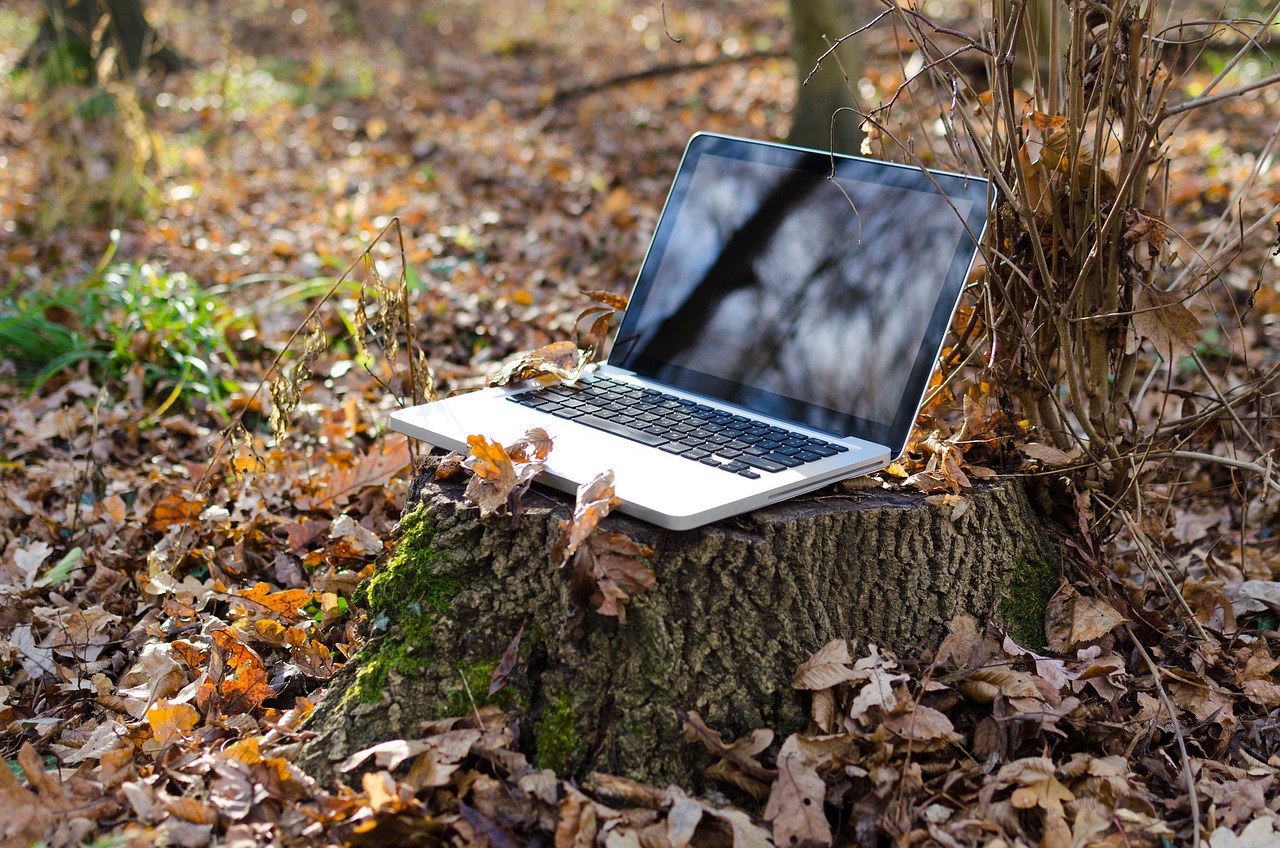10 Tips for Thriving While Working Remotely

Remote work has become increasingly common in recent years. With advanced technology and more flexible workplace policies, employees can now work productively outside of a traditional office setting. Studies show that by 2025, an estimated 70% of the workforce will work remotely at least five days a month.
Working remotely offers many benefits, such as flexibility, no commute, and increased productivity. However, it also comes with unique challenges that require adaptability. Without the structure of an office and set work hours, it can be difficult to unplug and maintain work-life balance. Distractions at home and feelings of isolation can negatively impact focus and motivation.
In this guide, we provide practical strategies to help you effectively manage remote work. Setting up a proper home office, establishing a routine, staying connected, and leveraging productivity tools are some of the tips we will cover. With the right approach, you can thrive in a remote position, avoid burnout, and maximize your productivity. Whether you’re starting a new remote role or improving your current work-from-home situation, utilize these tips to manage your time, stay engaged, and advance your career—all from the comfort of your home.
Set Up a Dedicated Workspace

Having a dedicated workspace is crucial when working remotely. Without having a proper work area set aside just for your job, it can be challenging to stay organized, focused, and productive throughout the day.
When setting up your remote workspace, look for a quiet, distraction-free area in your home. Try to find a space with a door you can close so you can minimize disruptions. If possible, avoid high traffic areas like the kitchen or family room.
Invest in comfortable, ergonomic equipment. This includes an adjustable office chair, spacious desk, external monitor, keyboard, mouse, headset, and proper lighting. Having this dedicated setup helps create separation between work and home life. It also enables you to work efficiently for extended periods.
Optimize your workspace layout and organization. Make sure your monitor, keyboard, mouse, documents, and other essentials are within easy reach. Minimize clutter to avoid distractions. You may also want to decorate your workspace with plants, photos, artwork or other personal touches to make the area feel more inspiring.
Overall, having an actual office space set aside for remote work makes it easier to get into a productive mindset each day. Treat your home workspace like you would an office—a place to focus on delivering high-quality work. With the right setup and separation, you can better emulate an in-office experience while working remotely.
Establish a Routine

Creating and maintaining a consistent daily routine is one of the most important things you can do when working remotely. Having a routine provides structure, focus, and productivity in an environment that can easily become unstructured and chaotic.
Some key benefits of establishing a daily routine for remote work include:
- Increased productivity and focus – With a set schedule, you’re less likely to get distracted or procrastinate. You can optimize your time and energy for deep focused work.
- Improved work-life balance – A routine reinforces work hours and helps you disconnect at the end of the day. This prevents work from bleeding into your personal time.
- Reduced stress – The structure of a routine is calming. Not having to figure out what to do each day removes a cognitive burden.
- Better collaboration – Having set working hours allows you to sync up and collaborate with teammates.
Here are some tips for creating and sticking to a daily remote work routine:
- Wake up and go to bed at the same time each day. This sets your circadian rhythm.
- Have set working hours and take breaks at consistent times. Avoid working extremely long days.
- Create a daily schedule, blocking out time for meetings, focused work, communication, breaks, and personal errands.
- Ritualize your start and end of day. For example, go for a walk or meditate before starting work.
- Eliminate distractions during work hours. Silence phone notifications and close unneeded browser tabs.
- Have a dedicated space where you work every day. Don’t work in random places.
- Build in accountability by sharing your schedule with others.
- Adjust your routine over time as needed, but don’t change it daily. Consistency is key.
Sticking to a solid routine takes some adjustment, but pays major dividends for productivity, work-life balance, and mental wellbeing when working remotely. It brings order to chaos.
Stay Connected with Colleagues while Working Remotely

When working remotely, it’s important to maintain regular communication with your colleagues to stay connected. Here are some tips:
- Schedule video calls to chat with coworkers. Seeing people face-to-face makes communication more personal even when remote. Set up regular video meetings or coffee chats to catch up. Tools like Zoom, Google Meet, or Skype make this easy.
- Take advantage of team chat apps. Platforms like Slack or Microsoft Teams allow you to have ongoing conversations with coworkers throughout the day. Create specific channels to keep discussions organized.
- Overcommunicate and keep people in the loop. Since you lack in-person interactions, err on the side of overcommunication when working remotely. Send regular email updates, meeting notes, or messages about what you’re working on.
- Don’t forget about asynchronous communication. Sometimes real-time discussion isn’t needed. Tools like email, task lists, and project management platforms allow you to provide updates without having to coordinate schedules.
- Use collaboration tools. Platforms like Google Docs, Trello, Asana, and Notion allow you to work on shared documents and projects more seamlessly while remote.
- Schedule regular team meetings. It’s important to have regular check-ins, both formally and informally. Don’t let the physical distance prevent you from connecting as a team.
- Be available and responsive. When working remotely, make an effort to be available and responsive in real time over chat/video when possible during agreed upon work hours.
The key is to proactively communicate and utilize all the technology tools at your disposal. With a little extra effort, you can stay connected and collaborate effectively even when working remotely.
Avoid Distractions

Working from home comes with its fair share of distractions that can derail productivity. Some common distractions when working remotely include:
- Household chores and errands
- Pets wanting attention
- Noise from family members, roommates, or neighbors
- The temptation to watch TV or surf the internet
- Social media notifications
- Phones ringing or chiming with new messages
To help minimize distractions when working from home:
- Set boundaries with others in your home not to disturb you during work hours
- Silence phones and disable app notifications
- Use noise-canceling headphones or listen to ambient background noise to drown out disruptions
- Close email, social media, and other distracting sites when you need to focus
- Take short breaks away from your desk to handle chores or pet care
- Designate a space just for work if possible, away from the bed or sofa
- Remove clutter from your workspace so you’re not tempted to sort or tidy up
Staying focused while working remotely takes some discipline. But implementing strategies to control distractions in your environment can help you maintain productivity when working from home.
Take Regular Breaks

Taking regular breaks is crucial for the well-being and productivity of employees working from home. Here’s why:
- Mental Refreshment: Continuous work without breaks can lead to mental fatigue, diminishing concentration, creativity, and problem-solving abilities. Taking breaks allows employees to recharge their minds, returning to tasks with renewed focus and clarity.
- Physical Health: Extended periods of sitting can have adverse effects on physical health, including increased risk of musculoskeletal issues and decreased circulation. Breaks provide opportunities for employees to stretch, move around, and combat the sedentary nature of remote work.
- Emotional Well-being: Remote work can sometimes feel isolating, especially without the social interactions present in traditional office environments. Taking breaks allows employees to engage in activities that promote emotional well-being, such as connecting with family members, pets, or friends, which can reduce feelings of loneliness and boost morale.
- Productivity Boost: Counterintuitively, breaks can enhance productivity. Short breaks provide moments of relaxation and allow the brain to consolidate information, leading to improved cognitive function and better decision-making when employees return to work.
- Prevention of Burnout: Without clear boundaries between work and personal life, remote workers may find themselves overworking and susceptible to burnout. Regular breaks help establish boundaries, ensuring employees have time to recharge and prevent the accumulation of stress over time.
Encouraging employees to take regular breaks and promoting a healthy work-life balance ultimately fosters a more positive and sustainable remote work environment.
In Conclusion
This article offers essential advice for navigating the challenges and maximizing the benefits of remote work. It covers various aspects such as task management, maintaining focus, fostering connections with peers, achieving work-life balance, and utilizing collaboration tools effectively. Whether you’re new to remote work or seeking to enhance your remote productivity, this guide provides practical strategies and tips to help you thrive in a virtual work environment.
To continue reading click here or click here for more content



